On July 23, 2024, Finance Minister Nirmala Sitharaman presented the Union Budget 2024-25 in the Lok Sabha, unveiling a series of measures aimed at enhancing urban development, infrastructure, and the real estate sector. This budget, the seventh consecutive one presented by Sitharaman, emphasizes sustained efforts on nine priorities: productivity and resilience in agriculture, employment and skilling, inclusive human resource development and social justice, manufacturing and services, urban development, energy security, infrastructure, innovation, research and development, and next-generation reforms.
Key Announcements
Boosting Affordable Housing: Pradhan Mantri Awas Yojana (PMAY)
The budget allocated significant funds to the Pradhan Mantri Awas Yojana, targeting both rural and urban areas. Specifically, it announced the addition of three crore houses under the scheme. For urban areas, PMAY Urban 2.0 was launched to address the housing needs of one crore urban poor and middle-class families with an investment of ₹10 lakh crore over five years. This included ₹2.2 lakh crore in central assistance and provisions for interest subsidies to facilitate affordable loans.
Urban Mobility with Transit-Oriented Development (TOD)
Transit-oriented development plans were introduced for 14 major cities with populations exceeding 30 lakh. These plans included strategies for implementation and financing aimed at improving connectivity, reducing congestion, and fostering urban growth. The TOD strategy sought to create integrated urban spaces where residential, commercial, and recreational facilities were conveniently located near transit hubs, encouraging public transport use and reducing reliance on private vehicles.
Enhancing Rental Housing Markets
The budget streamlined policies and regulations to enhance transparency and efficiency in rental housing markets. It also introduced plans to develop dormitory-style accommodations for industrial workers through public-private partnerships (PPP), supported by viability gap funding (VGF). These measures aimed to address the housing needs of the working population in urban areas, providing affordable and accessible rental options.
Stamp Duty Reforms: Making Property Transactions More Affordable
To stimulate property transactions, the budget urged states to reduce high stamp duty rates and proposed lower rates for properties purchased by women. By addressing the deterrent of high stamp duty, these changes were expected to make real estate transactions more accessible and promote broader homeownership.
Streamlining Land Administration: Land-Related Reforms
The budget outlined comprehensive reforms in land administration for both rural and urban areas. Rural reforms included assigning Unique Land Parcel Identification Numbers (ULPIN or Bhu-Aadhaar), digitizing cadastral maps, and linking land registries to farmers’ records. Urban reforms focused on digitizing land records with GIS mapping and creating an IT-based system for property record administration. These reforms aimed to enhance transparency, streamline land transactions, and reduce disputes over land ownership.
Cities as Economic Powerhouses: Developing Growth Hubs
The budget emphasized transforming cities into economic growth hubs through targeted economic and transit planning. It focused on the development of peri-urban areas using town planning schemes to create well-organized urban spaces that could drive economic growth, attract investment, and improve living standards. This approach aimed to manage urban sprawl and ensure balanced development.
Revitalizing Urban Areas: Creative Redevelopment
The budget proposed a framework for creative brownfield redevelopment, involving the revitalization of underutilized or abandoned urban areas. By implementing enabling policies, market-based mechanisms, and regulations, this initiative sought to transform these spaces into vibrant, functional areas contributing positively to the city’s economic and social fabric.
Incentivizing Long-Term Investments: Capital Gains Tax Revisions
The budget introduced a 12.5% tax rate on long-term gains from all financial and non-financial assets. Additionally, it increased the exemption limit for capital gains on certain financial assets to ₹1.25 lakh per year. These changes were designed to make long-term investments, including in real estate, more attractive by offering tax incentives.
Supporting Andhra Pradesh’s New Capital: Significant Funding Allocation
The budget allocated ₹15,000 crore in the current financial year, with additional funds in future years, for the development of Andhra Pradesh’s new capital. This substantial allocation supported infrastructure development and essential services in the new capital, aiming to drive regional development and economic growth.
Expediting Insolvency Resolution: Strengthening National Company Law Tribunals (NCLT)
To improve insolvency resolution, the budget proposed reforms to the Insolvency and Bankruptcy Code (IBC). This included strengthening the tribunal system and establishing additional tribunals dedicated to company law matters. Efficient resolution of distressed assets was deemed crucial for the real estate sector to ensure timely project completions.
Promoting Renewable Energy: PM Surya Ghar Muft Bijli Yojana
The PM Surya Ghar Muft Bijli Yojana aimed to install rooftop solar plants to provide free electricity (up to 300 units per month) to one crore households. The scheme saw significant registration and application rates. By promoting renewable energy, the government aimed to reduce the carbon footprint of urban areas and lower energy costs for residents.
Creating Industrial Opportunities: Developing “Plug and Play” Industrial Parks
The government planned to develop fully-equipped "plug and play" industrial parks in or near 100 cities, partnering with states and the private sector. Twelve such parks were sanctioned under the National Industrial Corridor Development Programme. These parks were designed to attract industrial investments, create job opportunities, and stimulate economic growth in urban and peri-urban areas.
Conclusion
The Union Budget 2024-25 introduces significant reforms and initiatives aimed at boosting the real estate sector, with a strong focus on affordable housing, urban development, and infrastructure improvements. While many measures have been welcomed, industry leaders emphasize the need for further support to address remaining challenges and fully capitalize on the sector’s growth potential. The budget's comprehensive approach lays a strong foundation for sustainable urban development, but continued engagement with the industry is crucial to ensure its evolving needs are met.
Image source- pixabay.com

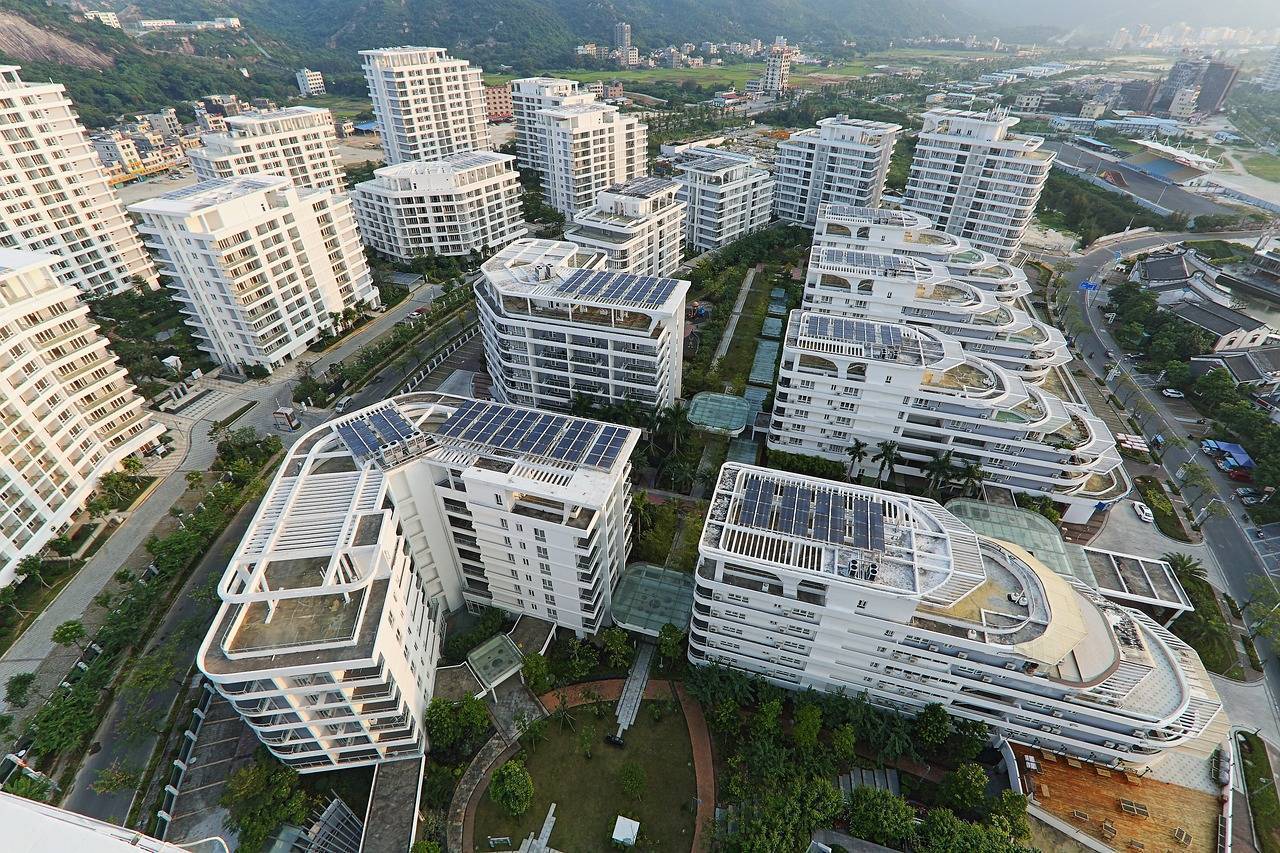
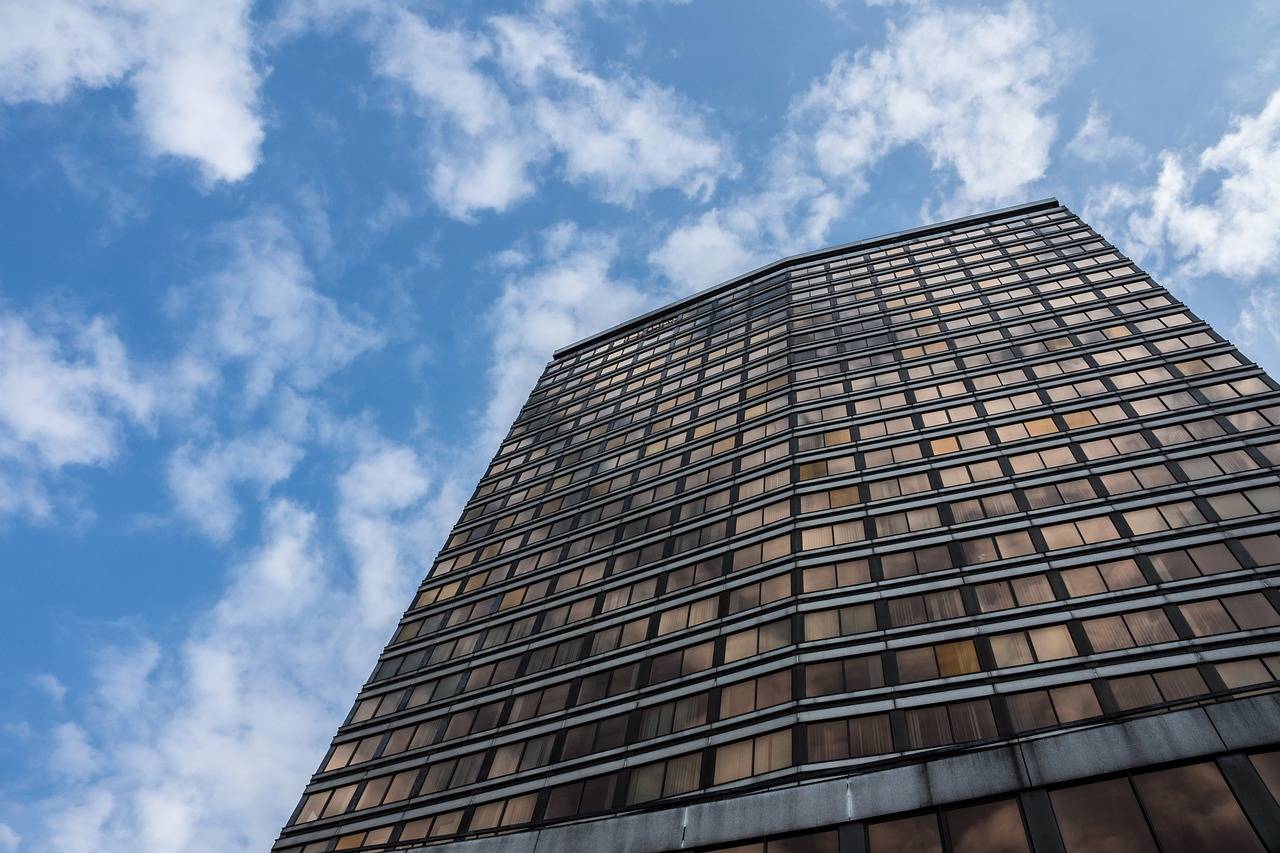
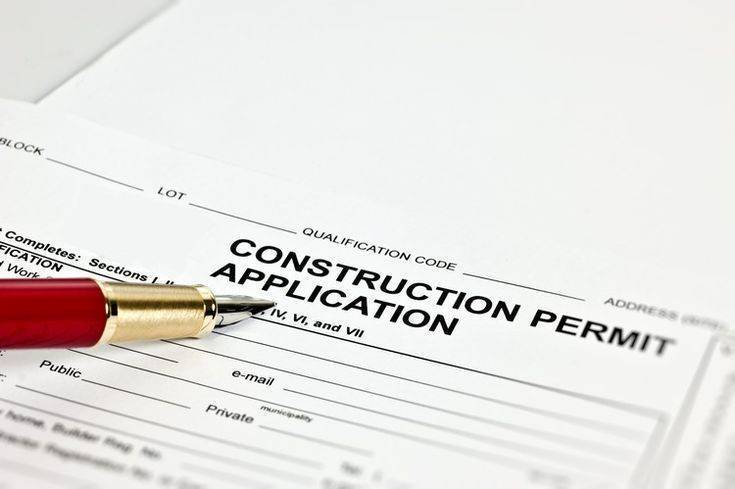
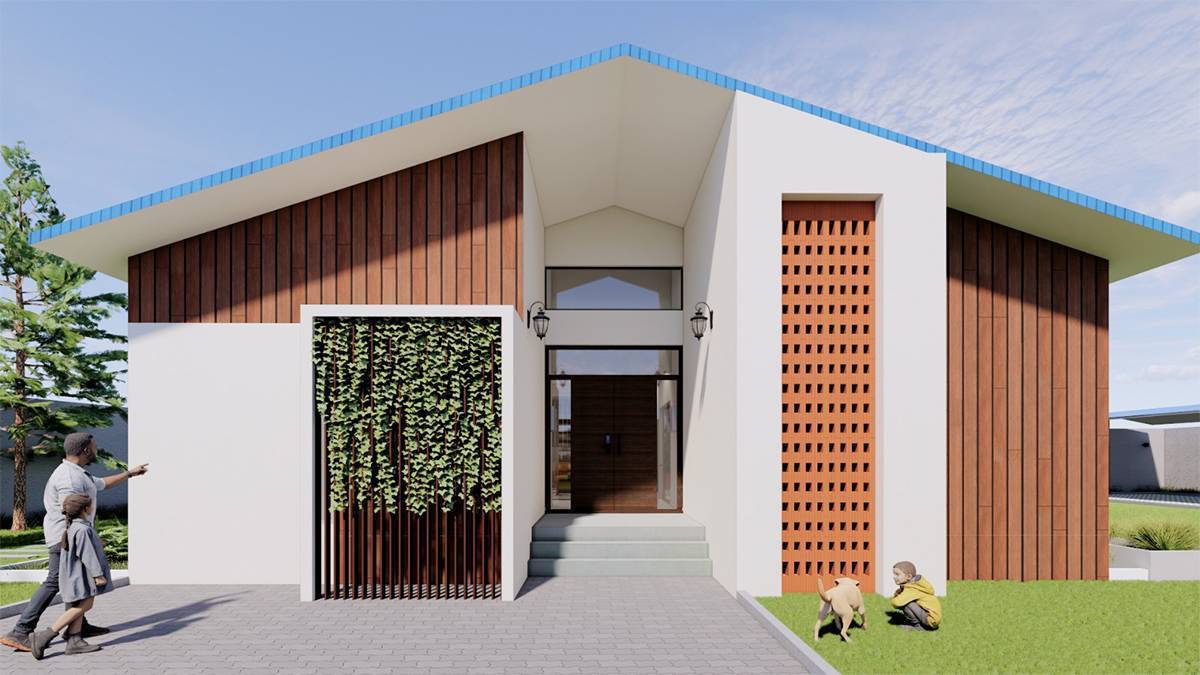

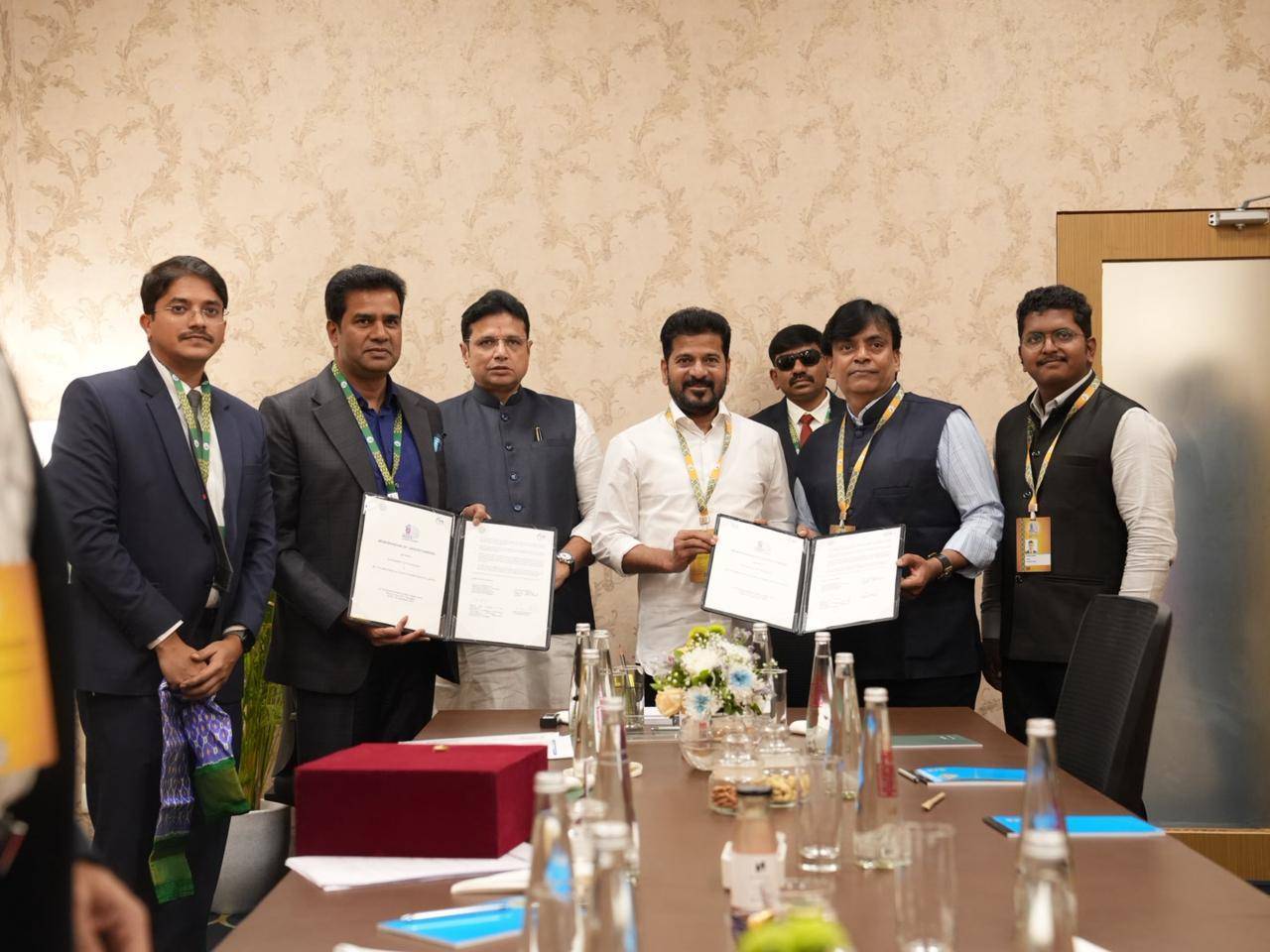


.png)